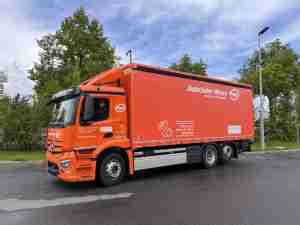There is a great amount of information that exists for understanding markets and the economy, however it can be difficult to find the information that is actually needed. When researching internationally traded products and trade transactions, there is a special type of information known as 'Trade Data'.
There are several different datasets that are considered trade data and each have several uses. Increasingly, companies are infusing several different types of trade data into their global organizations' decision making processes. Understanding market and competitive landscapes is critical to driving revenue, reducing costs, crafting strategic and tactical plans, and obtaining operational efficiencies.
WHAT IS TRADE DATA?
Trade data provides information on the movement of physical goods (raw materials and finished products) from one country to another, including exports and imports. This information can come in the form of high-level statistical data (outlining total trade volumes between countries or for a given commodity code) or very detailed shipment reports (outlining actual companies and products at a Bill of Lading/manifest level). Generally, all of this information is collected by government sources; however it is typically disseminated by private companies that work with government agencies.
WHAT ARE SOME OF THE DIFFERENT TYPES OF UNITED STATES TRADE DATA?
' HIGH LEVEL STATISTICS
The most referenced form of trade data is the information that is gathered by the US Census Bureau. This type of information consists of the total imports and exports for the United States using the Harmonized System and is commonly described as US Census data. Census data is provided at a high level, with dollar value typically being the unit of measure. This data is comprehensive, covering all imports and exports.
The lowest level of information available with US Census data is at a harmonized product level. For example, a user could see the total value of bowling balls imported and exported in 2008. They could also examine what countries export the most bowling balls to the United States and who receives the most imports. Often, this data is referenced when discussing the trade deficit.
This information is provided by multiple companies through different interfaces with annual access ranging from over $6,000 to less than $300. Different services provide reporting and charting functionality that allows users to create professional outputs for presentations. The quality of the databases varies greatly, the less expensive systems are more difficult to use and take more time to pull the data than the more advanced applications.
' DETAILED SHIPMENT INFORMATION
For companies looking for detailed information, US Customs and Border Protection collects information on every shipment entering the United States at a Bill of Lading level from the Automated Manifest System (AMS.) AMS or US Customs data, as it is commonly known, is the most detailed source of information that international trade professionals can access.
While the detail on this information is great, there is no significant standardization of how companies document product and commodity names. In addition, only waterborne imports are electronically provided by US Customs, which encompasses over 70% of import activity. Truck, rail, and air activity are not provided at a manifest level of detail. US Customs export data is not as readily available as import data at a shipment level, however it is expected to be more widely available in the coming years. It is important to note that HTS numbers and price are not listed on the data provided by US Customs.
This data is at the Bill of Lading level, which will show who imported a product and what company they received it from. For example, the data would show the company that imported a Bowling Ball and who manufactured it in China. The product descriptions for this data will also be more detailed than Census data,









